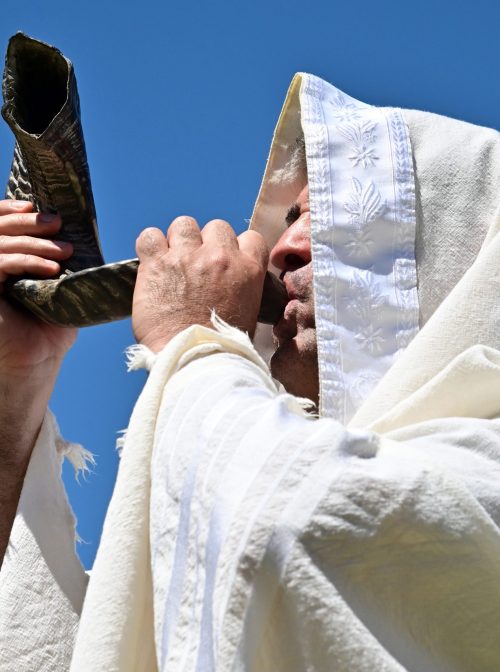The start of September brings a new month of back-to-school and fall activities and includes a range of religious and spiritual holidays. Interfaith America’s Noah Silverman reflects on the Jewish High Holidays in September and read on to see a selection of other days to commemorate throughout September and October.
The Jewish community worldwide is beginning the annual High Holidays, which starts with Rosh Hashanah – the Jewish New Year, which began on Friday, September 15 at sundown and ended on Sunday, September 17. Following Rosh Hashanah is Yom Kippur – the day of atonement, taking place September 24-25 – and then concludes with Sukkot and Simchat Torah.
For Jews who observe these holidays, they are something of an emotional roller coaster. We start high with the celebration of the New Year; traditionally, Jews eat apples dipped in honey to symbolize a sweet new year, and we listen to the blast of the shofar – which is a kind of trumpet made from a ram’s horn – that spiritually “wake us up.”
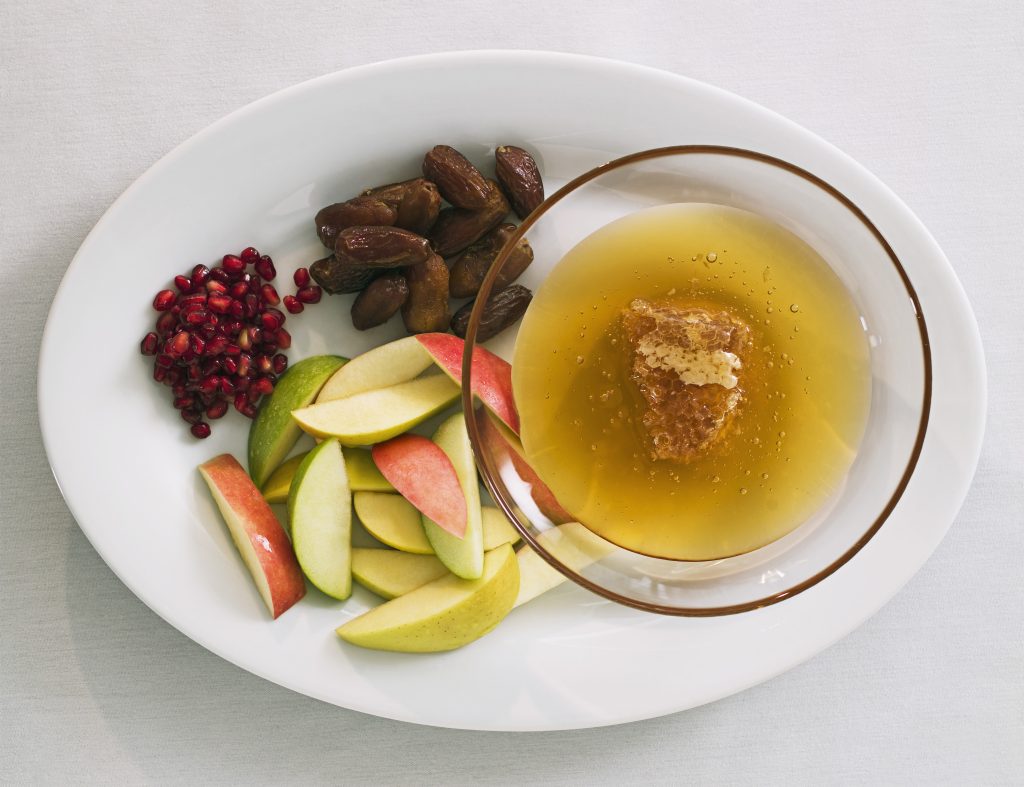
But then we immediately plunge into what is known as the “days of repentance” before Yom Kippur. The harsh metaphor of these holidays holds that God judges every human’s deeds on Rosh Hashanah and determines whether to re-inscribe us in the “Book of Life” for another year. We recite a rather morbid prayer on both Rosh Hashanah and Yom Kippur that culminates in a litany of all the ways that we might die in the year to come: “Who by water and who by fire, who by sword and who by beast, who by famine and who by thirst, who by earthquake and who by plague…”
But, significantly, God only “pencils it in” on Rosh Hashanah. We all have ten days to repent, repair, and commit to doing better before our fates are symbolically sealed on Yom Kippur. During the days of repentance, we are urged to make amends for all the misdeeds, mistakes, and harm we have caused in the previous year, knowingly or unknowingly.
A few years ago, my son’s religious school had an outdoor celebration for the new year and a reflection on the days of repentance. Rabbi Rebecca Milder taught that the central message of this ritual can be explained in three sentences, which she had all of the children read out loud in unison: “We all make mistakes. I am sorry. I am learning to do better.”
Shortly after Yom Kippur, we move on to Sukkot, a harvest festival. Traditionally, Jews build what is called a sukkah in their backyard; it’s a temporary hut constructed outdoors. We spend as much time on it as possible, eating meals and inviting others to join us. Sukkot is a harvest festival in both the literal sense of the word – we celebrate the fall harvest of crops – and in a spiritual sense, we harvest the fruits of our spiritual renewal.
Directly following Sukkot is Simchat Torah, when we finish the yearly cycle of reading the Torah and immediately start it again. In Simchat Torah, we read the very end of Deuteronomy. Then we re-spool the entire piece of parchment on which the Torah is written and read from the beginning of Genesis: “In the beginning … the earth was without form and void and darkness was on the face of the deep… and God said, ‘Let there be light.'”
The High Holidays are a period seeped with themes of both decay and renewal, finality and perpetuity, death, and life. The High Holidays call us to live every day as if it were our last, as though this is our last opportunity to do right by each other and be the version of ourselves we aspire to be. And that starts by acknowledging our essential humanity: We all make mistakes. I am sorry. I am learning to do better.
Some holidays happening in September and October:
September 6
Arbaeen: the day marking the end of the 40-day mourning period after the Day of Ashura, the anniversary of the death of Husayn ibn Ali, the Prophet Muhammad’s grandson, for Shia Muslims.
Janmashtami: Hindus celebrate Janmashtami, the birth of the God Krishna. Many celebrate with festivals, recitation of religious texts, and dances enacting the life of Krishna.
Read: Krishna Janmashtami, Celebrating the Birthday of a Beloved Hindu God
September 11
Coptic New Year: also called Norouz, is a feast day that commemorates martyrs and confessors in Coptic Orthodox Christianity
September 15 to September 17
Rosh Hashanah: The two-day Jewish New Year that highlights rest and reflection is one of the most important Jewish holy days. During the days of repentance, people make amends for all the misdeeds, mistakes, and harm caused in the previous year, knowingly or unknowingly.
Read: How We Treat Each Other: Reflecting on the Jewish High Holidays
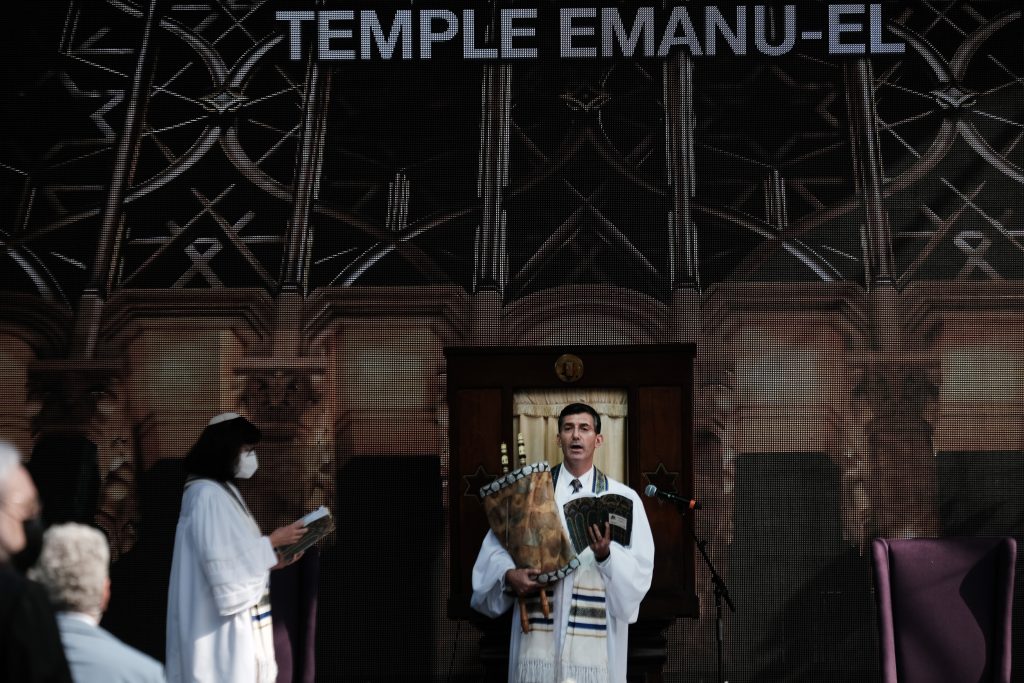
September 19
Ganesh Chaturthi: Hindus start the celebrations for Ganesh Chaturthi, a 10-day festival marking the birth of Ganesha, the elephant-headed God of prosperity and wisdom. Festivities include setting up Ganesha deities, made of clay and decorated with flowers and lights, in homes and/or temporary public stages called pandals. Food blessed by the deity is given to community members.
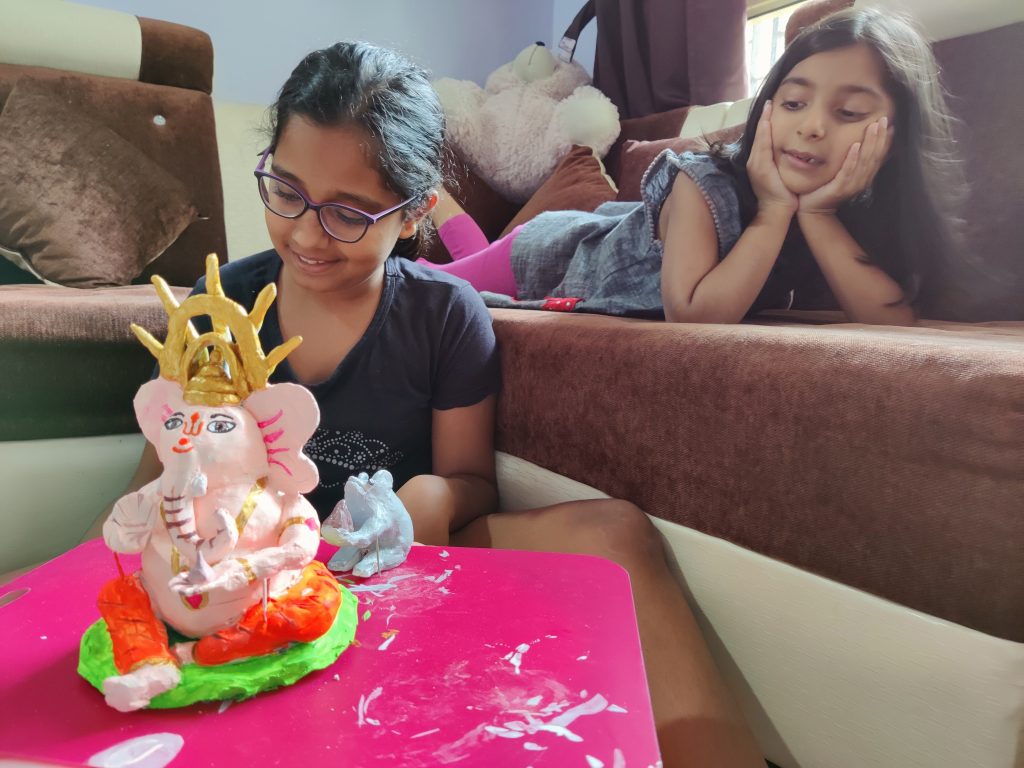
September 23
Mabon/Autumn Equinox: Pagan and Wiccan religions use this day to mark the autumnal equinox, celebrating a day with equal light and darkness and the second harvest. To celebrate, some pagans might feast with friends and family. Some also pick apples, a common symbol of the second harvest.
September 24-25
Yom Kippur: This is one of the Jewish faith’s most essential Jewish high holy days. The central themes of Yom Kippur are atonement and repentance.
September 27
Mawlid: The celebration of the Prophet Muhammad’s birth in the Islamic faith.
September 29 to October 6
Sukkot: A 7-day holiday commemorating when Jews journeyed to the desert on the way to the promised land.
Read: Creating Art for the First National Sukkah
Read: Sukkot is the Jewish Holiday that Teaches Us the Joys of Doing Without
Read: On Sukkot, the Jewish ‘Festival of Booths,’ Each Sukkah is as Unique as the Person Who Builds It
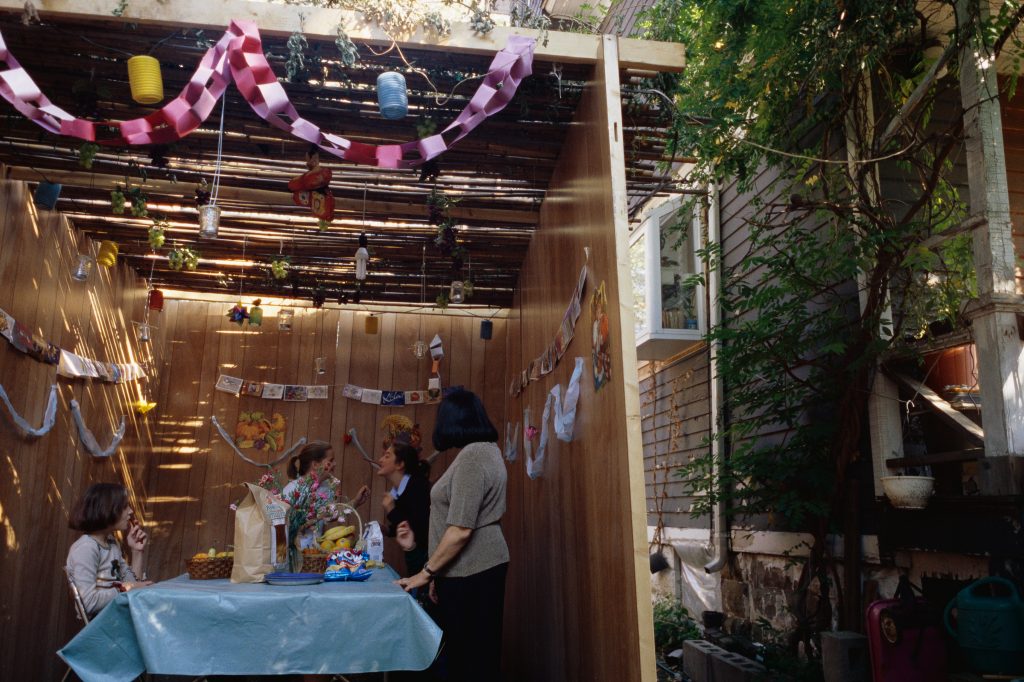
September 29 to October 14
Pitru Paksha: A period when members of the Hindu faith pay homage to their ancestors, often through food offerings.
October 6-8
Shemini Atzeret/Simchat Torah: Shemini Atzeret is the first day and celebrates the end of Sukkot. Simchat Torah is the second day that marks the conclusion of the annual cycle of Torah readings.
October 15-24
Navaratri: This annual Hindu festival honors Durga, a goddess also known as Adi Parashakti, who defeated a demon after a battle that lasted nine days and nights. Celebrations begin with worship, scripture readings, and dancing. It ends on the tenth day with Dussehra, which commemorates her victory.
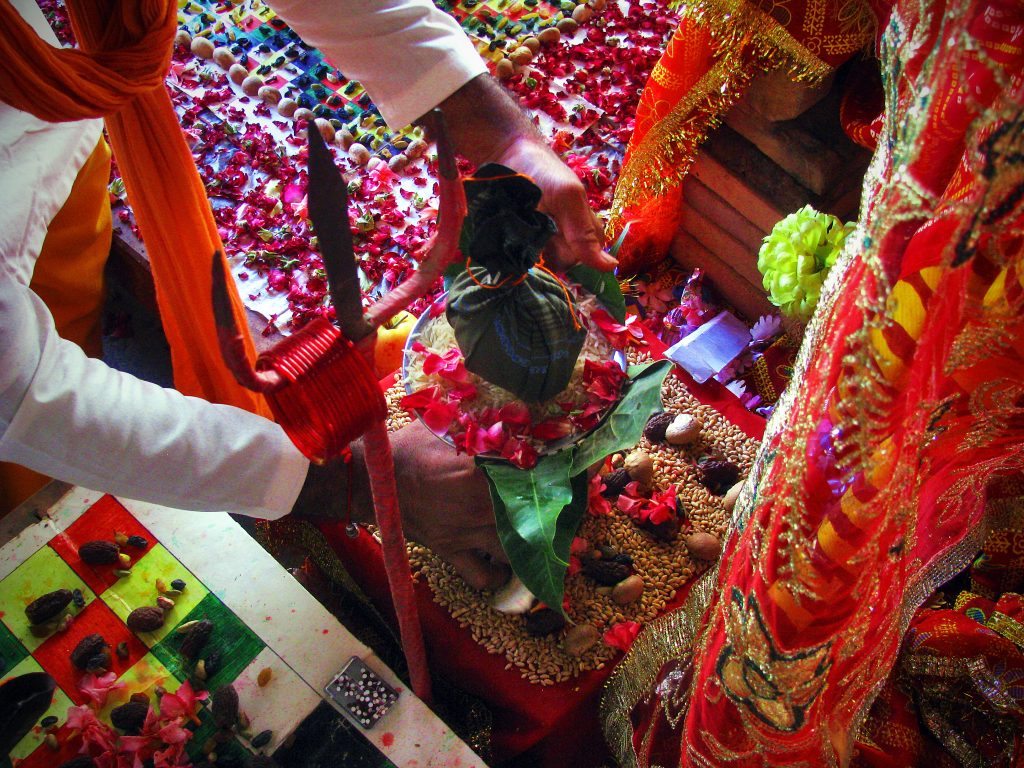
October 16
Birth of the Báb: The Báb, also known as Siyyid-Ali-Muhammad, is a symbolic figure believed to have been sent to tell the Manifestations of God or Baha’u’llah. The day of the Birth of the Báb begins with prayers and devotional readings. It continues with a festive social gathering at home or in a place of worship. In keeping with the essence of Bahá’í, the celebrations are open to all.
October 24
Dussehra: One of the significant Hindu festivals celebrated at the end of Navaratri, Dussehra holds different significance in various regions of India. For some, it represents the end of Durga Puja, commemorating Durga’s victory in restoring dharma. For others, it marks Rama’s victory over Ravana during Ramlila. The festivities include fireworks, music performances, and waterfront processions with Durga clay statues.
October 31
Samhain and Halloween: Samhain was first observed by Celtic Pagans and marked the Celtic New Year, the end of summer, and the end of the harvest season. The Holiday signaled the beginning of winter, which Pagans associated with death. It was considered a time when the veil between the physical world and the Otherworld was thin, allowing spirits of the dead to visit the living. Rituals may include dancing, feasting, being in nature, and building altars to honor ancestors. Samhain is the origin of Halloween.
Read: How was Halloween Invented? Once a Celtic Pagan Tradition, the Holiday has Evolved.
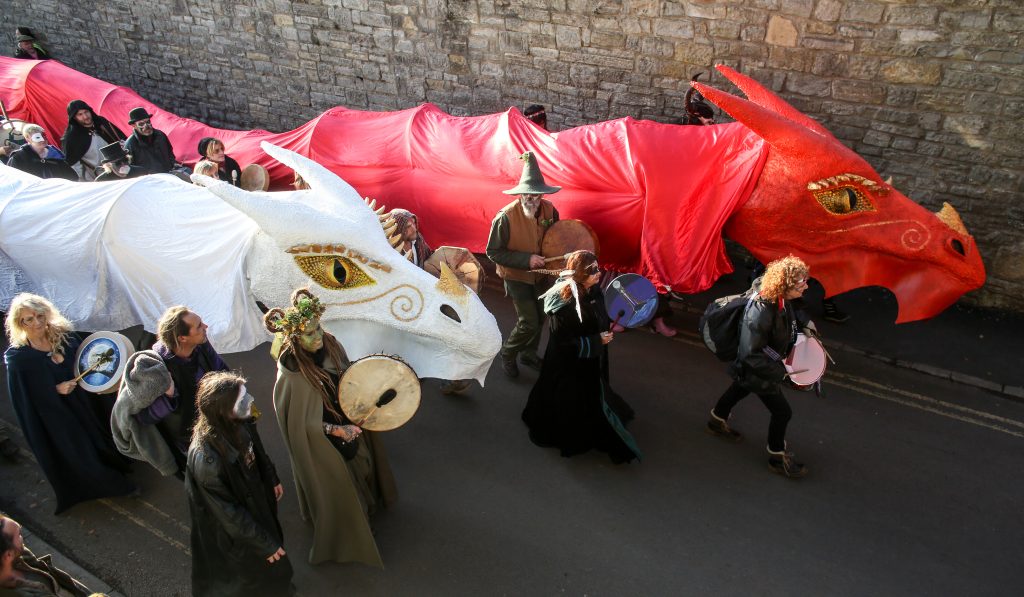
Become an Emerging Leader
The Emerging Leaders Network inspires, equips, and connects interfaith leaders to build on our nation’s key strength of religious diversity.
